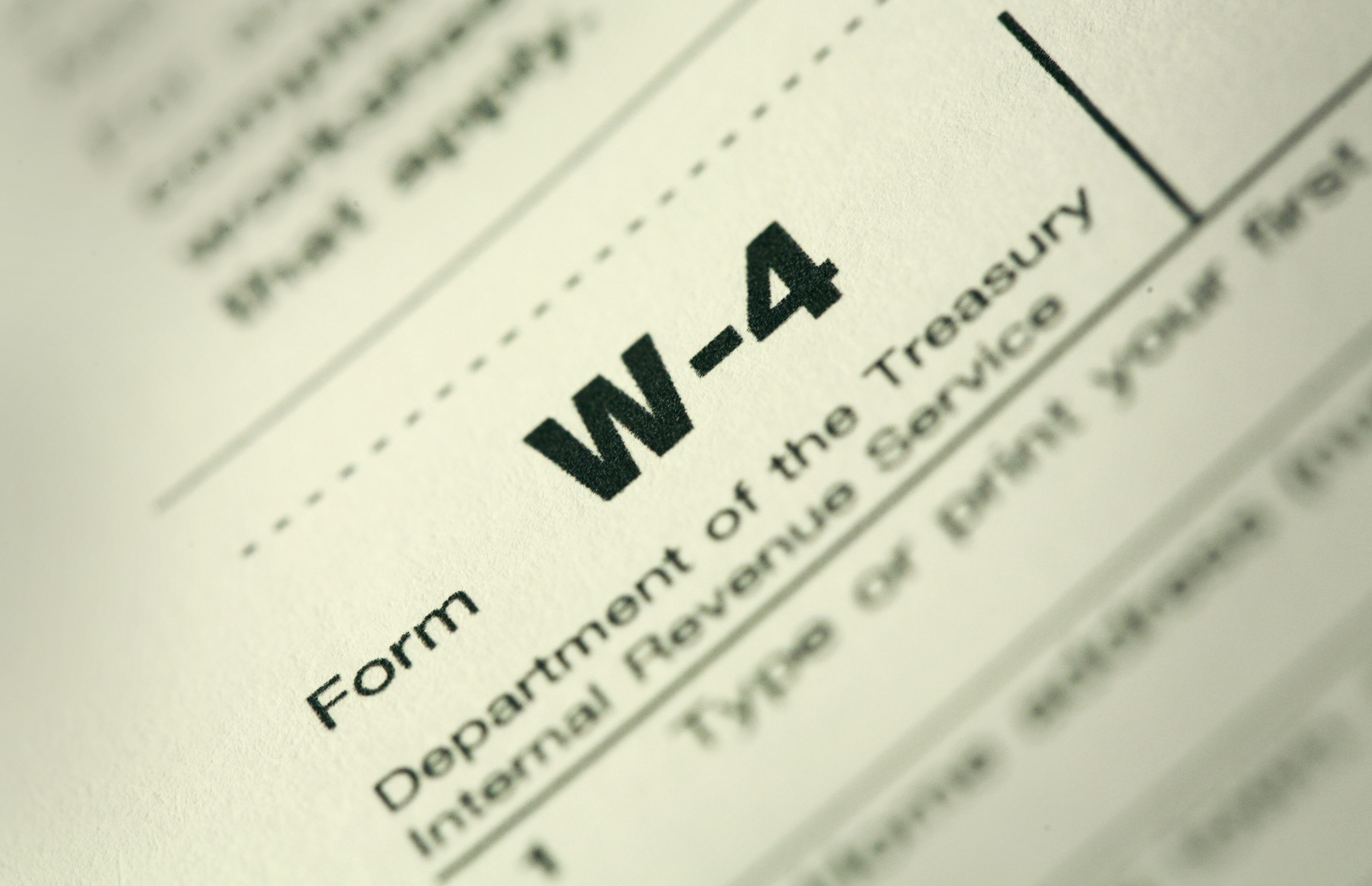
It's officially a new year, which means that tax season is right around the corner.
But in 2020, the IRS has given its W-4 form a makeover. It's a bit different than the old form, but don't panic, they removed some of the complexities and confusions that the previous form had. Take a look so you can tackle this new form with confidence.
There are no more Withholding "Allowances"
The biggest change is that you don't use the W-4 form to claim withholding "allowances" anymore. On the old W-4, if you claimed more allowances, less tax was withheld (so you got a bigger paycheck). If you claimed fewer allowances, more tax was withheld (so your paycheck shrank).
Instead of claiming allowances, workers now use the W-4 form to provide their employer with the information needed to determine the amount of income tax to withhold. They'll be asked to include things like their expected filing status, family income from other jobs, number of dependents, and tax deductions they plan to claim.
Existing employees don't have to complete a new W-4
Most workers aren't required to file a new W-4 form in 2020—but they may want to anyway. If employees are happy with their current withholding, they can just leave their prior W-4 in effect, but the new W-4 increases the accuracy of the withholding, which may be beneficial for some employees.
However, if employees start a new job after 2019, they'll have to complete a new W-4 form. There's no way around that requirement.
Multiple Jobs and Working Spouses are Handled Differently
The old W-4 form accounted for multiple jobs and two-earner families using detailed instructions and worksheets that many workers may have missed. However, the new form is much more open and straightforward about factoring in additional jobs and working spouses. Step 2 of the redesigned Form W-4 lists three different options employees can choose from to make the necessary withholding adjustments. This has been implemented to further accurize withholdings that may have been overlooked or not understood in the previous W-4 form.
It's Easier for Employees to Account for Tax Credits and Deductions
As with the changes for multiple jobs and working spouses, the new W-4 form makes it easier for employees to adjust their withholding to account for tax credits and deductions. There are clear lines on the revised form to add these amounts. Including credits and deductions on the form will decrease the amount of tax withheld—which in turn increases the amount of the employee's paycheck and reduces any refund they may get when they file their tax return.
Workers can factor in the child tax credit and the credit for other dependents in Step 3 of the new form. They can also include estimates for other tax credits in Step 3, such as education tax credits or the foreign tax credit.
These are some of the most important changes to the W-4 form, for more information go to the IRS FAQ website.
For BPA customers: The Payroll Tax Update for 2020 is now available. The new W-4 form will be supported in this new update of BPA, you can purchase and download the new tax tables here
Note: If credits and deductions on the form are completed accurately, most employees paychecks will increase, and any refund they may get when they file their tax return will decrease. This is not because they are paying more in taxes, but because they will be receiving more money paycheck-to-paycheck throughout the year and thus there will be less need to get large tax return refunds.